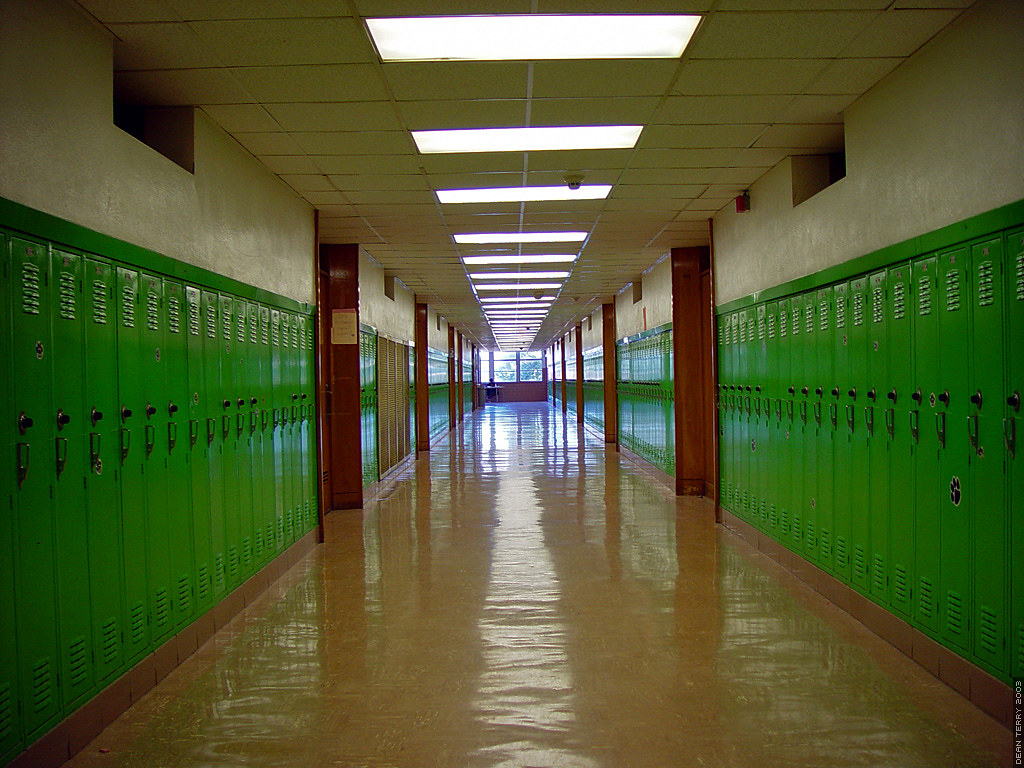
SUMMARY
Role
Director
Intention (SMART Goal)
By March 2nd, as a part of my film team, I will explore the film director’s skill pathway by following Bruce Block’s The Visual Story and will have explored the visual story element of movement over the course of our February project.
PRE-PRODUCTION – INQUIRY
Leader(s) in the Field / Exemplary Work(s):
Peter Jackson
Peter Jackson is most widely renowned for his work on the lord of the rings trilogy but is also known for films such as The Hobbit, King Kong, Mortal Engines, and the Get Back Documentary about The Beetles
He has a distinct directorial style by his heavy reliance on hyper-realistic special effects in the Lord of the Rings films, the Hobbit, King Kong, and Mortal Engines
Training Source(s):
The Visual Story by Bruce Block
Movement Notes
-Movement implies action and tension, while
still shots are comfy.
-Blocking that places characters facing away from the camera implies antagonism, while the inverse is also true.
-The position that the characters take on screen portrays their inner conflicts and status with the people in the room. IE: Character above another implies a power differential.
-The way our characters move in frame draws our eyes to certain locations, we also tend to follow the eye-lines of the background characters as well.
-Diagonal Movement is inherently associated with antagonism or general uneasyness
-Characters standing very close together often face to face means that they are either very intimate with one another or very opposed to one another, high intensity.
Project Timeline
- Brainstorm ideas
- Create storyboard
- Create slideshow and share with all team members
- Write screenplay
- Decide on location and character roles
- Gather/make props, costumes, equipment
Production – February 23rd – February 28th
- Set up shots
- Prepare blocking for each scene
- Film all scenes
- Record all sounds/dialogue and create music
Post Production – February 28th – March 7
- Put all recordings for audio and video in shared Google Drive folder
- Label final shots
- Decide which scenes to keep, get rid of, or re-shoot
- Transfer audio and clips into Premiere Pro
- Put clips in order and make all edits
- Put audio in and sync up to video
- Make all finishing touches
- Export final film
- Add evidence to slideshow
- Present film and slideshow to the class and receive feedback
Proposed Budget:
Props were supplied by the actors and so were our film supplies. we didn’t spend a cent on this production.
PRODUCTION – ACTION
The Film: Peanuts II: Revenge of the Peanuts
Skills Commentary:
In the first shot of the film I wanted to mimic the final shot of the previous film in this one in reverse order to establish the fact that this was the sequel to the last film and in the same setting. The next scene has the most intricate set we’ve built, the detective pouring over the evidence and deducing his first lead as the victims mother, I directed the camera movement in this scene to be visually interesting. In the next scene with the interrogation of the mother I put extra thought into the blocking and movement during this scene. In the scene that is the confrontation between the murderer and the detective I decided where they were shot and the dutch tilt on some shots and the composition of the shots, I’m very proud of this scene.
POST-PRODUCTION – REFLECTION
21st Century Skills:
Ways of Thinking (Creativity, Innovation, Critical Thinking, Problem Solving):
This film cycle I was put in a position where I was creating a sequel to a film that I had no part in creating. The exercise or watching the old film and trying to as the director embody the vision of the previous film with my own twist on it was a wonderful way to build my 21st Century Skills.
Ways of Working (Communication & Collaboration)
This film cycle I worked with a much larger group, a group of seven as opposed to a group of 5 like usual. This was a good exercise in directing, there were many more people than usual to wrangle, however they did a very good job of staying on task and I only ever had to step in to make final decisions in matters they couldn’t agree on. In retrospect while I’m looking forward to a smaller team, I am glad I had a large team to work on this project.
Tools for Working (Info & Media Literacy)
A great skill I developed and a tool I worked with was the Advanced Storyboard. I have done some storyboarding before and one or two impromptu blockings, but I had never done an advanced storyboard until this film cycle.
Reactions to the Final Version
Im very proud of the outcome of our film groups final product. I think we met the standard of the previous film and upped the ante on many categories. I especially loved the impact of two cinematographers working on project providing two different perspectives.
What I Learned and Problems I Solved
I learned how to collaborate with a larger group of people and carry on the vision of another director, while also bringing my own nuance to the project.
Grammar and Spelling
Spellcheck
Editor
Kenny
